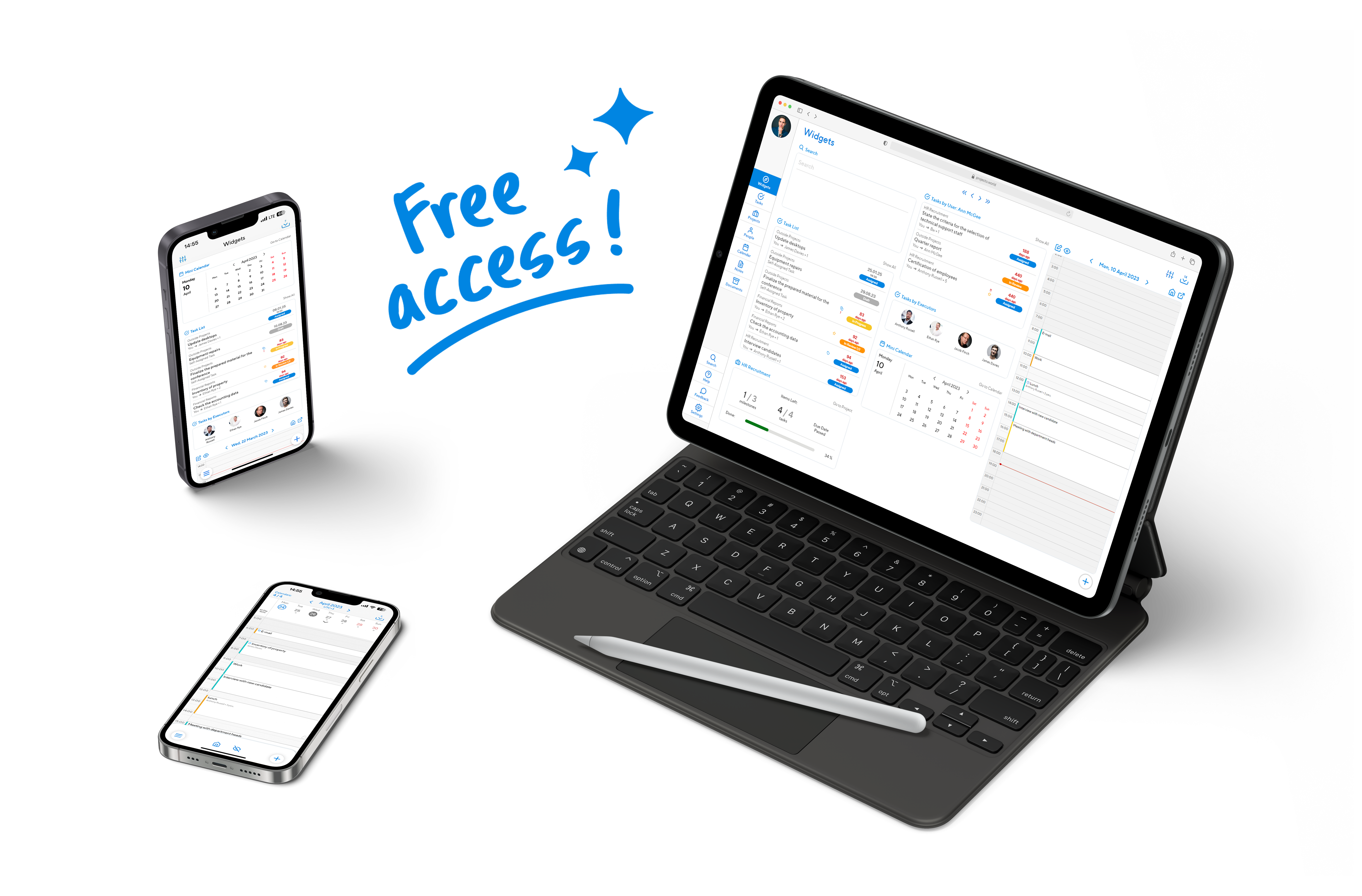A wise business coach once said that there is a big difference between a plan and an idea. While an idea exists only in your head and may never come to fruition, a plan is something that can be easily implemented with the right effort and the right details.
An ideal plan is one that allows you to realize tasks as close as possible to what you had in mind (written down on paper or voiced).
Now we will tell you in detail about how to plan your project perfectly.
Use frameworks
There are detailed manuals, where everything is already laid out. You can write a sheet of arguments why it’s cool and awesome, but for small and medium-sized teams, all this will be reduced to a description of ‘something scientific’.
In reality, project management frameworks such as PMBoK, PRINCE2 or ISO 21500:20112 are only suitable for very large and responsible projects. Their customization alone will take a lot of time. In addition, there is no important or key idea in them, but rather a set of rules to be taken into account in planning, so that something is not missed.
Follow the plan
As strange as it may sound, but for quality planning, you need to follow a plan of the core actions of project planning. More precisely, follow the steps. There are not so many of them:
- Set primary and secondary (supplementary) objectives.
- Create a list of tasks needed to realize the objectives.
- Identify what resources (including human resources) you will need to fulfil the objectives.
- Link jobs and resources to a timeline to visualize who is available at what moment to minimize overlap. In addition, the interrelationship of tasks, or more precisely, their impact on each other, will become clearer.
- Assign tasks to the project participants, explain to everyone their responsibilities and roles, outline the importance of meeting deadlines, and provide resources for the performers.
- Set checkpoints and check the results of the work in them.
- If there are deviations, adjust the course and other tasks.
- And so on until the project is completed or until it enters the maintenance/development phase.
Seems simple, but lovers of everything perfect may not like the phrases ‘control’ and ‘adjustment’. Yes, unfortunately, nothing is perfect in reality.
Consider the risks
Firstly, if the idea of the project is new and untested, i.e., it is just a hypothesis, profitability must be calculated and justified.
Secondly, no one can guarantee that the external environment of the project will be stable. Anything can happen: legal difficulties may arise, suppliers may not ship resources, changes in global politics may occur, a war may break out, an epidemic or a snowstorm may occur….
That’s why you need to take preventive measures, i.e., make a list of all potential and not-so-potential threats and consider the probability of their occurrence. In addition, for each problem, you need to identify its criticality — the degree of impact on your project. The more critical the problem, the higher it should be on the list of countermeasures.
In other words, you should at least theoretically work out a workaround procedure. For example, diversify the funds in your current accounts in case the bank is blocked, work out alternative supply routes in case relations with your main supplier deteriorate, and so on.
And to help you understand what difficulties most often cause projects and startups to fail, we have made a special article here.
Use specialized software to plan and manage projects
It’s easier, more convenient and, of course, more reliable. You will be able to ‘document’ all your sketches, ideas, checklists, available human resources, tasks, documents and other entities in one place, where everything will be at your fingertips.
The best service for such tasks is Projecto.
- There are ready-to-use mobile apps that allow you to work on the fly, push notifications and other features.
- There’s everything for planning projects and tasks.
- Within projects, you can assign team members and project committee members who will work together to produce results.
- Tasks can be easily divided into subtasks and reassigned.
- The system provides convenient status tracking and different display options (Gantt chart, Kanban, calendar schedules).
- For each entity inside the service there is a chat room for discussing details, exchanging opinions, documents and different files.
- A special organigram builder and a document template builder are available.
- End-to-end search system, export, etc.
All these and many other Projecto functions really facilitate planning and control procedures, visualize tasks and team workload perfectly.
Here is a demo version of the system, which confirms everything we said above.
(DEMO)
Instead of conclusions
No matter how hard you try, it is impossible to create a 100% perfect plan, no matter how detailed you get. You have to accept this and make your plan viable and sufficient, i.e., develop it in a balance between what you would like to achieve and what you can actually do.
Better yet, plan not the whole project but the MVP model (minimum viable product) first to optimize your budget and avoid ending up with nothing due to unreasonable expectations.
